Over the past few decades, airborne lidar has become an indispensable technology for professionals in construction and energy. At the heart of this innovation, the point cloud, with its meticulous classification, reveals a detailed panorama of the terrain, enhancing the reliability of energy projects.
The Significance of Classifying an Airborne Lidar Point Cloud in the Construction of Energy Infrastructure
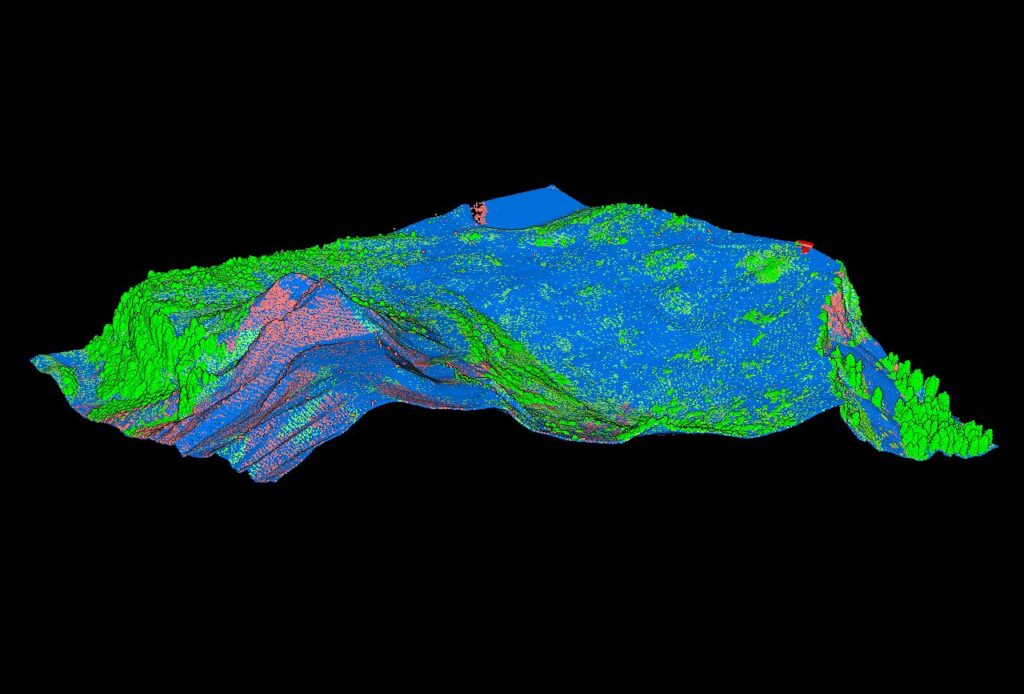
Airborne Lidar: A Tool of Unparalleled Precision
How does lidar work?
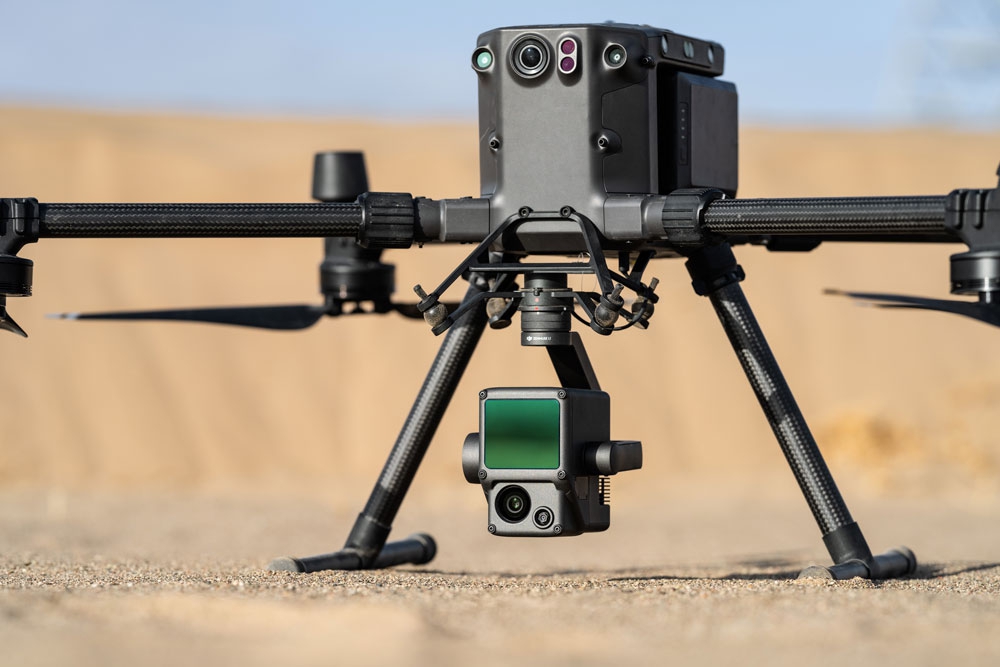
By emitting thousands of laser pulses per second, lidar measures reflection times to determine the distance between the transmitter and the target object. Each reflected point is incorporated into a three-dimensional map, representing a complete image of the terrain, structures, and even vegetation.
A Three-dimensional Perspective for Planning
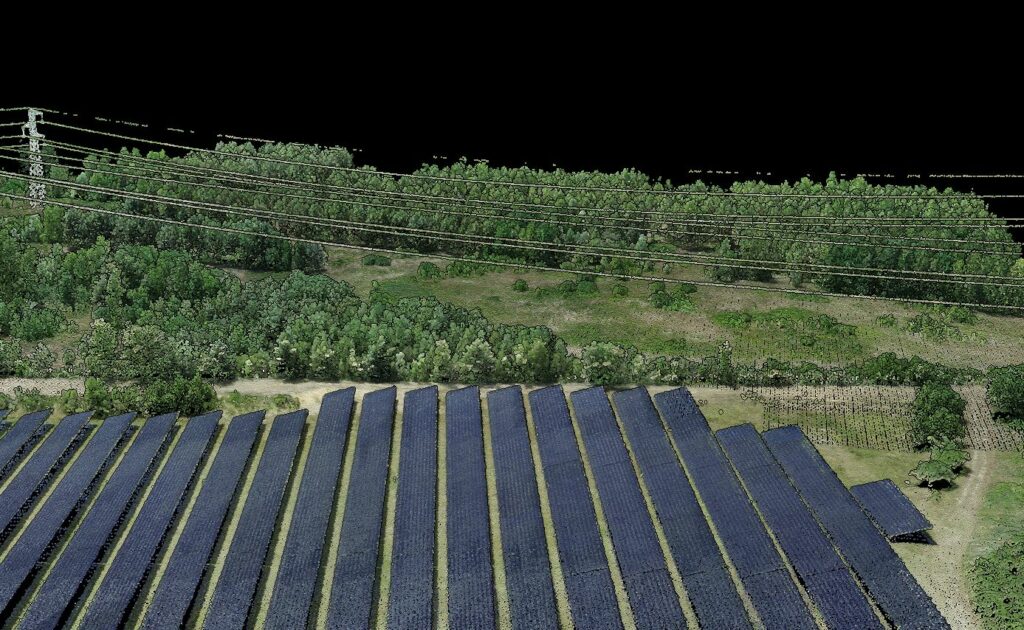
One of the primary benefits of lidar is its ability to provide a 3D view of terrains, even the most intricate ones. For an engineer planning an energy infrastructure, this equates to a gold mine of information, facilitating technical and strategic decision-making.
The Paramount Importance of Classification
Turning Raw Data into Gold
Imagine a puzzle with millions of pieces. That’s the challenge posed by an unclassified lidar point cloud. By segmenting this data into distinct categories, classification transforms this puzzle into a clear and interpretable picture.
Technologies Behind Classification
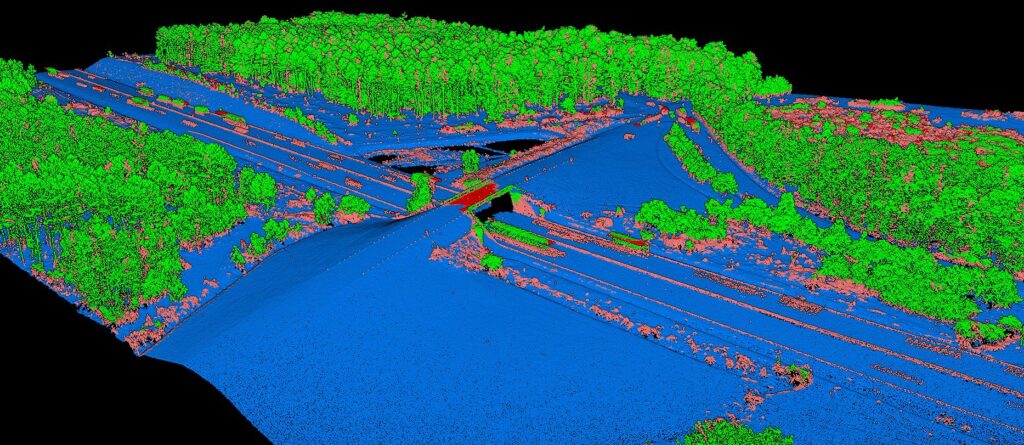
Artificial intelligence and machine learning play a pivotal role in the classification of point clouds. These technologies help identify and distinguish minute details, from rivers to power lines, offering unprecedented precision in lidar data analysis.
Concrete Applications Based on Energy Types
Renewable Energies
Wind Farms

The wind potential of a region depends not only on wind speed but also on its consistency, orientation, and the topography of the terrain. Wind farms, often located in remote areas, require accurate knowledge of the terrain before any installation.
In Denmark, for instance, a pioneer nation in wind energy exploitation, lidar has triggered a revolution in modeling terrain and air currents. By creating a 3D map of the targeted region for wind farm development, engineers can pinpoint areas with the most consistent and forceful winds. Moreover, they identified natural or man-made obstacles that might disrupt the airflow. This technology, therefore, optimized turbine placement, ensuring maximum energy production while minimizing installation costs.
Solar Power Plants
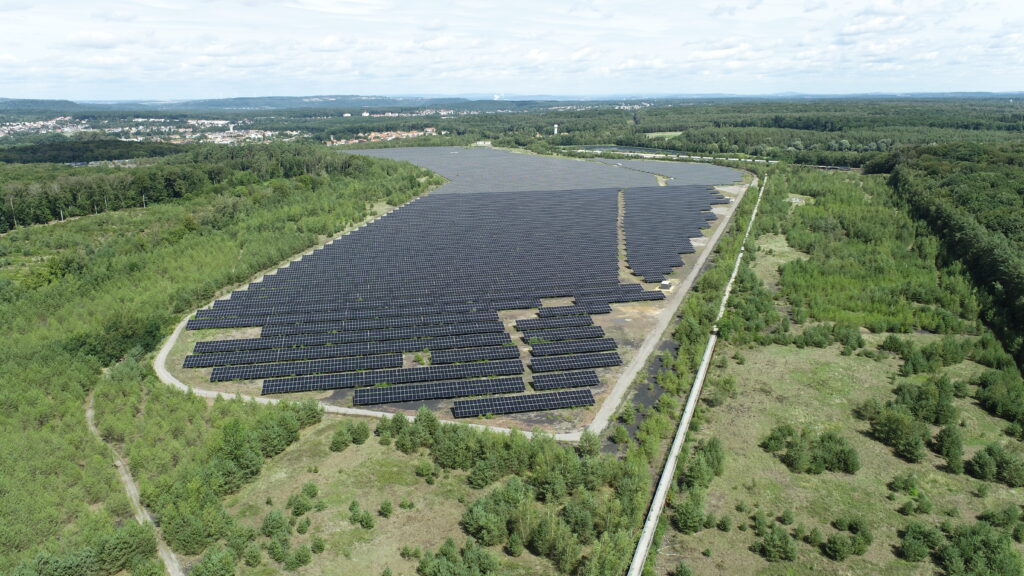
A solar power plant’s efficiency largely relies on the amount of sunlight it can capture. Therefore, precise terrain analysis is crucial to maximize this capture. In California, a state known for its strong sunlight and commitment to developing renewable energies, lidar has become an invaluable tool for solar power promoters.
By accurately mapping the terrain, lidar identified areas with the most consistent sunlight, avoiding shadows caused by hills or other obstructions. Furthermore, the technology analyzed ground reflectivity, a critical factor for installing bifacial solar panels, which capture light on both sides. With the insights from these analyses, many solar projects in California have been able to optimize their energy production and the space required for panel installations.
Fossil Energies
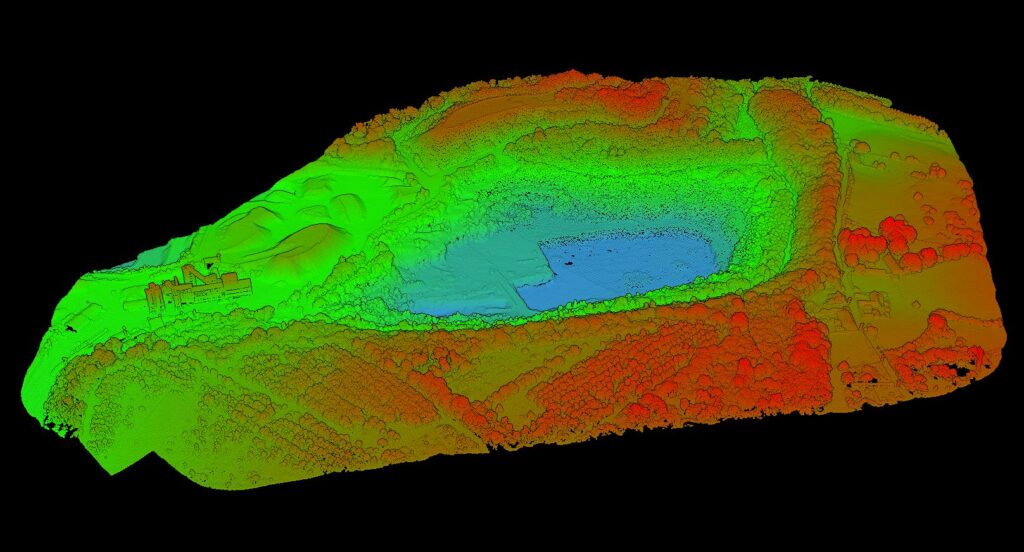
Oil and Gas Extraction
The oil and gas industry, with its vast operational areas, demands cutting-edge technologies for optimal operations. In Alberta, Canada, a region abundant with oil sands, the importance of precision cannot be overstated.
Lidar is used to map potential access areas. Beyond merely locating reserves, it helps define the best access routes for equipment while minimizing environmental impact. By precisely identifying vegetation, water bodies, and other ecological features, lidar allows a more environmentally friendly approach. Thus, the impact on fauna and flora is reduced, while ensuring more efficient exploitation.
Pipelines
Installing pipelines, especially in remote or ecologically sensitive areas, presents a significant challenge. In Alaska, known for its wilderness and extreme climatic conditions, lidar proved to be an invaluable ally.
The technology accurately identified risk areas, including geological faults, flood zones, and habitats of protected species. This led to more environmentally conscious planning and safer construction. Thanks to lidar, engineers could define the optimal pipeline route, reducing costs while ensuring infrastructure safety and durability.
Lidar in Electrical Grid Management
Strategic Planning of Transmission Lines
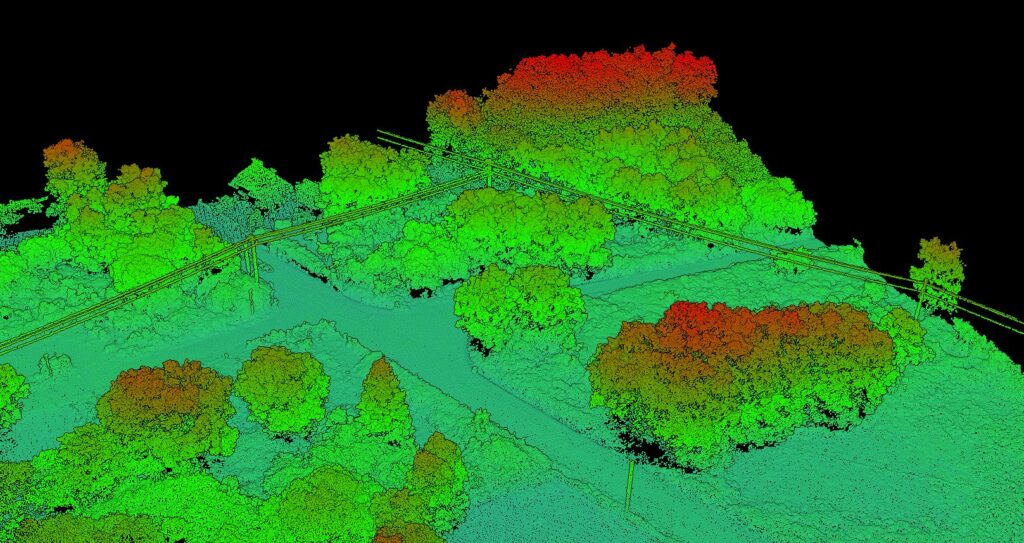
Establishing high-voltage transmission lines demands meticulous terrain mapping. Airborne lidar simplifies the gathering of comprehensive data on landscapes, natural barriers, and pre-existing infrastructures. This data empowers engineers to outline strategic pathways, optimizing costs and adhering to environmental guidelines.
Monitoring and Upholding Electrical Corridors

Preserving the integrity of electrical corridors is paramount for an uninterrupted power supply. Utilizing the classification capabilities of lidar data, grid managers can oversee these corridors to spot potential hazards, like unchecked vegetation growth near the transmission lines.
The Pivotal Role of Drones in Line Surveillance
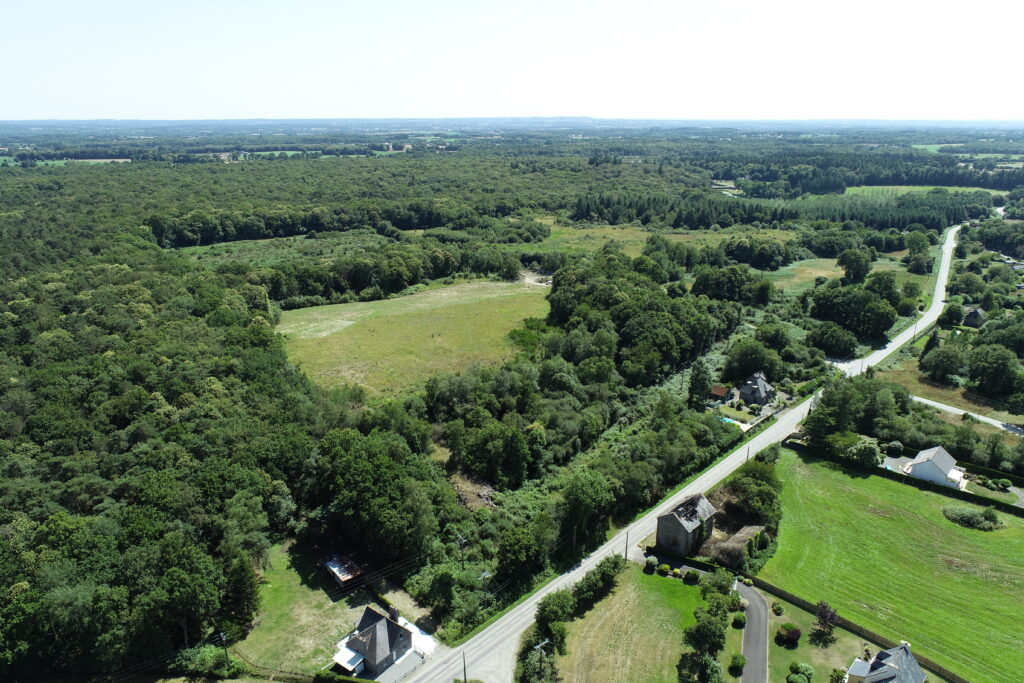
Equipped with lidar sensors, drones have become instrumental in the proactive maintenance of power lines. Navigating these corridors, they detect and relay anomalies to ground-based teams, facilitating swift, focused interventions, and thus bolstering the network’s reliability.
Conclusion
As lidar technologies and classification methodologies continue to evolve, we’re ushered into a transformative phase of energy infrastructure planning. The fusion of lidar with advanced classification, underpinned by cutting-edge artificial intelligence, equips us with a sharper, more holistic, and dependable outlook to navigate the energy challenges of the future.
